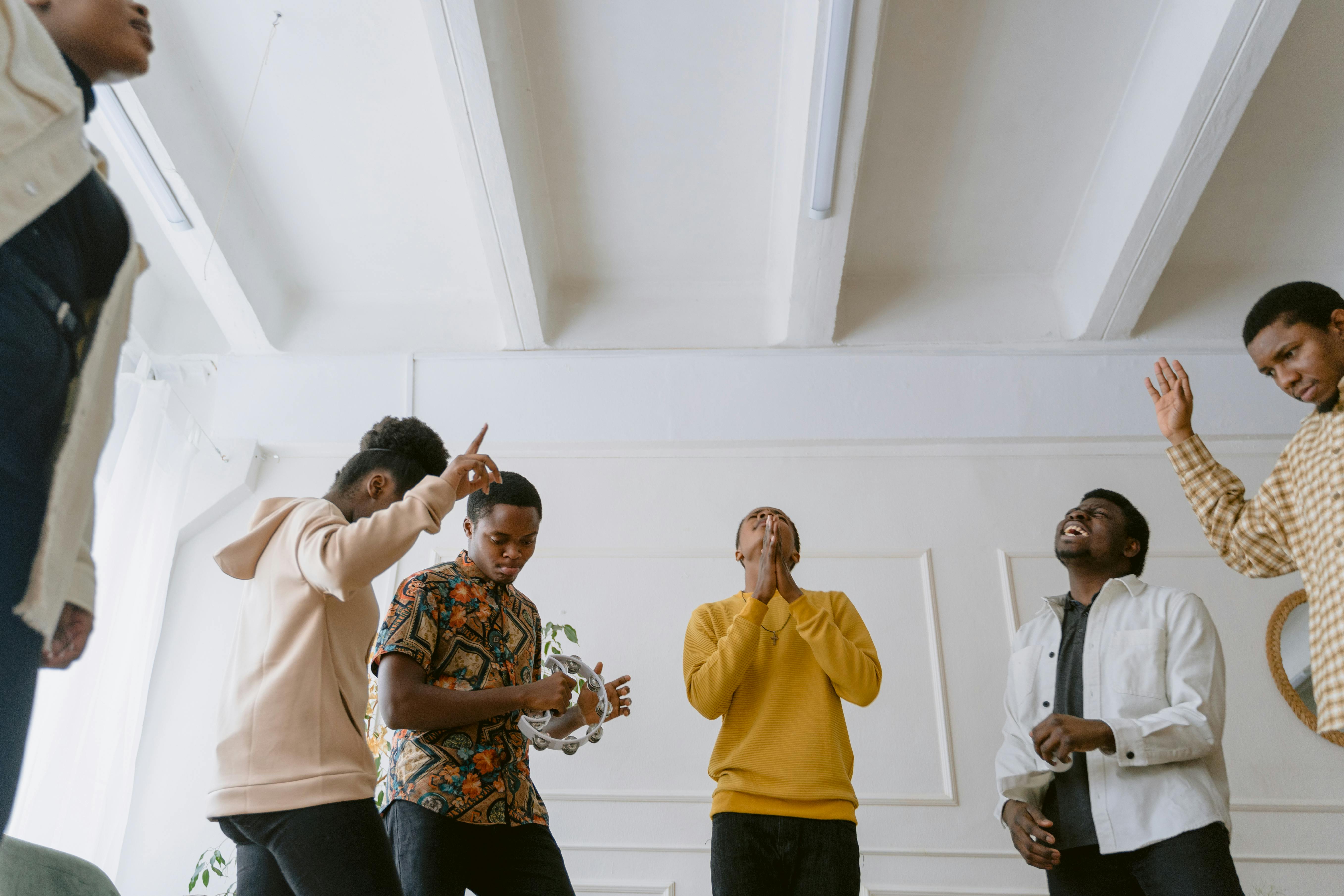The harsh truth about boxing
The boxing fever is on. Inspired by boxing icons such as Manny “Pacman” Pacquiao, Floyd “Money” Mayweather Jr. and Timothy “Desert Storm” Bradley, aspiring boxers and fans have sprung up like mushrooms almost everywhere in the world. Some of them just wanted to get a “feel” for what boxing is like, but most of them dreamed of being in the ring as a world-renowned professional boxer.
One country in particular is the Philippines. In fact, some youth who do not attend school have appeared on the national news as addicted to boxing. Battered by poverty, these young men turned to boxing in imitation of their supreme idol, Manny Pacquiao. They even wore poorly made gloves and trained for hours with another unschooled youth as a coach. However, this kind of strenuous activity often strained their muscles and, in return, stressed their young bodies. Unfortunately, this could lead to its destruction.
I have read and heard about the many benefits of boxing. As more people embrace boxing as a sport or even a hobby, I couldn’t help but think about the possibility of even more dangerous encounters in boxing since its introduction as an official sport. It was a certain Manuel Velázquez who investigated, reported and compiled boxing fatalities in his collection including a careful analysis of the nature of his death. These amateur and professional boxing trainees suffered heavy losses and even death, receiving little attention most of the time. It was also mentioned that female boxers suffered serious injuries in the middle of a fight or afterwards. Several boxers triumphed in one match, but unfortunately died in the next match, as they received heavy blows and punches. However, a reasonable number of these warriors won during their final fights.
In early 2012, a Filipino boxing professional died after sustaining head injuries and falling into a coma. Karlo Maquinto, the 21-year-old undefeated boxer from Iloilo, Philippines, fought his ninth fight when he fell during the fourth round and was rushed to the hospital. After he was diagnosed with brain swelling and blood clots, he died. That was the end of everything, his dreams and those of his family. He was second to the late 21-year-old super bantamweight Manuel Zayas, who also died from the same cause 10 years ago.
The fascinating career of Filipino boxers Manny Pacquiao and Nonito Donaire inspired many, but how long will these trainees and fans be safe? Who could save professional boxers from the extreme dangers they face every time they step into the ring? The world is too engrossed with the boxing champions of our time. It is time that we also pause and pray for the victims.
The era of deadly boxing is over. The London Prize Ring rules were superseded by the Marquis of Queensberry rules, which are more professional, scientific and more secure. Fighting, hitting, kicking and hitting below the belt are now considered fouls. However, there is no guarantee that any boxer alive today is completely safe, as is the case with the numerous deaths of boxing. One has to remember that boxing is not just about winning and losing. It is more serious and the rules should not be taken for granted. This is the harsh truth of boxing. Unless a boxer is extremely cautious, he will never be safer.
